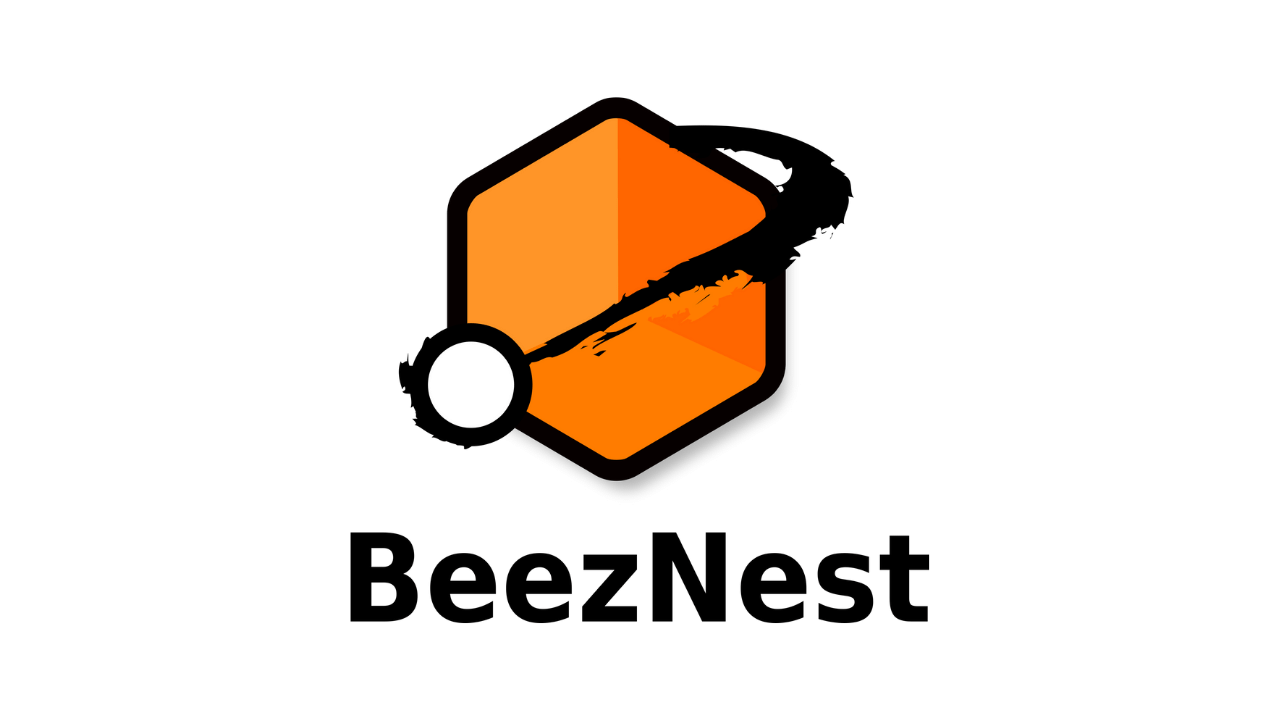I'm often faced (locally) to the question about our videoconference tool...
It is true that a lot of videoconference tools have appeared recently, even in Open-Source, so we don't really have a unique marketing argument to defend it. The initial idea behind the videoconference was that, at a time where DimDim and other videoconference tool were still closed-source or didn't even exist (in mid-2006, that is), we wanted to offer a videoconference tool as a complementary tool for Dokeos, so we asked Sebastian Wagner, a German developer, to do this for us. Sebastian was one of the first developers that we knew developed using the OpenLaszlo language. OpenLaszlo has this unique feature of allowing the developer to use a mix of JavaScript and XML to build applications that can later be "compiled" in the form of Flash plugins *or* a completely DHTML application.
Although sadly DHTML doesn't manage video streams, at least OpenLaszlo offered a possible future choice, so we went on with that.
It so happened that we weren't completely satisfied with the work of Sebastian, and there was a lot of misunderstanding, and we finally decided to end our collaboration and start to code on top of what Sebastian had built. Arnaud Ligot and myself worked a lot to clean the code and make it more extensible, while Sebastian went his own way with the same original code to build a project called OpenMeeting, which should still be alive today (I haven't checked for a while).
Instead of adding more features to the tool, we decided to remove some of them and to build on the reliability of the tool, which has now brought us to a solution that is very stable, uses the Red5 streaming much more efficiently and is easier to work on.
So, what are these things that make the Dokeos videoconference so special? Well, I can certainly list a few:
- reliable/stable
- linked to course contents (you can add images/slides in your normal Dokeos course and then use it inside the videoconference)
- 2 conference types: conference (1 speaker, many listeners) and virtual meeting (4 people together as speakers and listeners)
- each course has one videoconference room and one virtual meeting room
- written chat
- slides are writable (you can add text or marks to the slide on screen)
- controllable access to the streaming server (by portal)
- totally free if you decide to install it and manage it yourself
- totally open-source (resources, code, compiled versions)
- the *only* thing you need to use the tool is a recent browser with the Flash plugin, and pretty much any desktop system has that
- you can use a special mode to make the signal go through port 80, avoiding most problems related to firewalls
- sharing the voice/video with a member of the public for a limited time
- web browsing
- recording of the whole videoconference sequence
- video-playing
- download of slides by the public
- surveys
- you can use it with whichever system is more practical for you
- it is reliable and it looks good
- you can do most of what you would like to do with a videoconference tool
- it can go through your company's firewall
- its link to a Dokeos course is smart


Comments
hi
We would like to incorporate the following features with our Dokeos with Red5:
# recording of the whole videoconference sequence
# video-playing
Would it possible? Please contact me and let me know.
Thank you,
Hi Russ, I'm contacting you in private within a few minutes, but basically it can be done but would be much easier to do it at the client level.